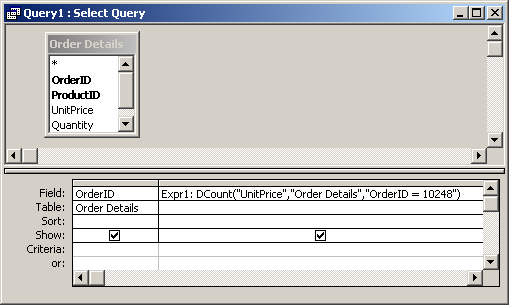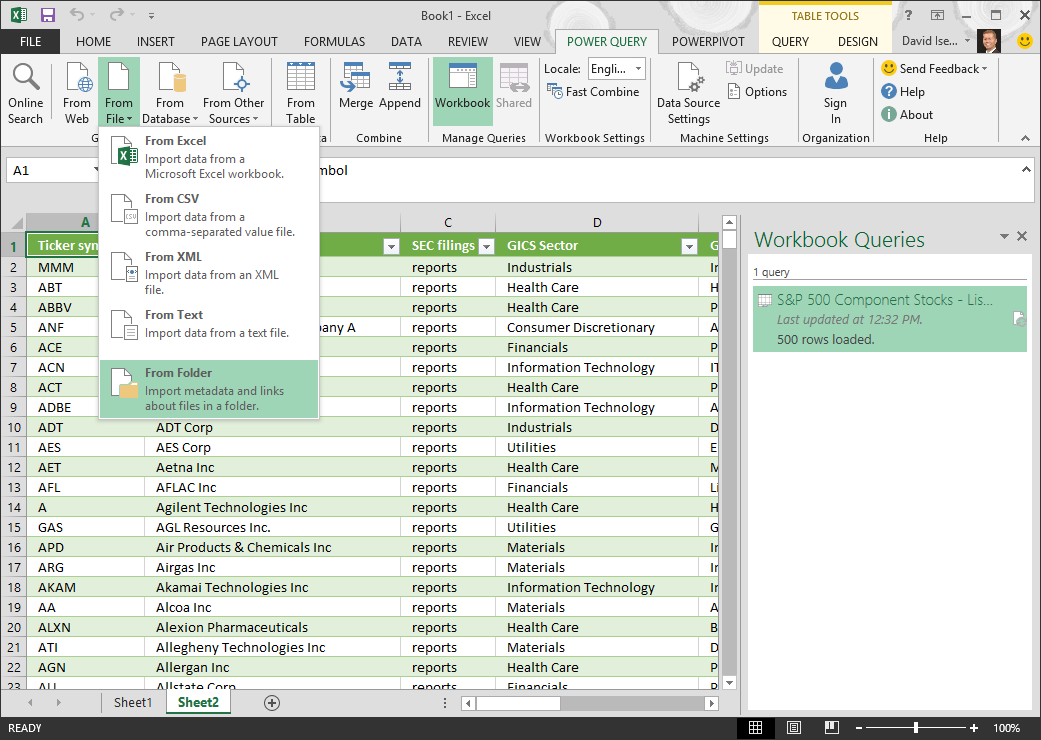Power Query is an amazing data tool for Excel! It is built by Microsoft to help you import, transform, and automate your data processes. Checkout my overview of Power Query to learn more about it. Here is a quick list of compatible versions.
You can use Microsoft Query to retrieve data from external sources. By using Microsoft Query to retrieve data from your corporate databases and files, you don't have to retype the data that you want to analyze in Excel. Power Query is Microsoft’s self-service data preparation technology which provides an intuitive and highly visual experience for non-technical users to easily connect to hundreds of data sources, reshape and clean data from these sources in a homogeneous and consistent way, and seamlessly combine data from one or multiple data sources. What is power query? Power Query is a business intelligence tool available in Excel that allows you to import data from many different sources and then clean, transform and reshape your data as needed. It allows you to set up a query once and then reuse it with a simple refresh. It’s also pretty powerful.
This example teaches you how to import data from a Microsoft Access database by using the Microsoft Query Wizard. With Microsoft Query, you can select the columns of data that you want and import only that data into Excel.
1. On the Data tab, in the Get & Transform Data group, click Get Data.
2. Click From Other Sources, From Microsoft Query.
The 'Choose Data Source' dialog box appears.
3. Select MS Access Database* and check 'Use the Query Wizard to create/edit queries'.
4. Click OK.
5. Select the database and click OK.
This Access database consists of multiple tables. You can select the table and columns you want to include in your query.

6. Select Customers and click the > symbol.
7. Click Next.
To only import a specified set of records, filter the data.
8. Click City from the 'Column to filter' list and only include rows where City equals New York.
9. Click Next.
You can sort your data if you want (we don't do it here).
10. Click Next.

11. Click Finish to return the data to Microsoft Excel.
12. Select how you want to view this data, where you want to put it, and click OK.
Result:
13. When your Access data changes, you can easily refresh the data in Excel. First, select a cell inside the table. Next, on the Design tab, in the External Table Data group, click Refresh.
The CData ODBC driver for Office 365 uses the standard ODBC interface to link Office 365 data with applications like Microsoft Access and Excel. Follow the steps below to use Microsoft Query to import Office 365 data into a spreadsheet and provide values to a parameterized query from cells in a spreadsheet.
If you have not already, first specify connection properties in an ODBC DSN (data source name). This is the last step of the driver installation. You can use the Microsoft ODBC Data Source Administrator to create and configure ODBC DSNs.


Office 365 uses the OAuth authentication standard. To authenticate requests, you will need to obtain the OAuthClientId, OAuthClientSecret, and OAuthCallbackURL by registering an app with Office 365. See the 'Getting Started' chapter of the help documentation for a guide to using OAuth.
You can then work with live Office 365 data in Excel.
- In Excel, open the Data tab and choose From Other Sources -> From Microsoft Query.
- Choose the Office365 DSN. Select the option to use Query Wizard to create/edit queries.
- In the Query Wizard, expand the node for the table you would like to import into your spreadsheet. Select the columns you want to import and click the arrow to add them to your query. Alternatively, select the table name to add all columns for that table.
- The Filter Data page allows you to specify criteria. For example, you can limit results by setting a date range.
- If you want to use parameters in your query, select the option to edit the query in Microsoft Query.
To set a parameter in the query, you will need to modify the SQL statement directly. To do this, click the SQL button in the Query Editor. If you set filter criteria earlier, you should have a WHERE clause already in the query.
To use a parameter, use a '?' character as the wildcard character for a field's value in the WHERE clause. For example, if you are importing the Files, you can set 'UserId=?'.
- Close the SQL dialog when you are finished editing the SQL statement. You will be prompted to enter a parameter value. In the next step, you will select a cell to provide this value. So, leave the box in the dialog blank.
Close Microsoft Query. The Import Data dialog is displayed. Enter a cell where results should be imported.
- Close the Import Data dialog. You will be prompted to enter a parameter value. Click the button next to the parameter box to select a cell. Select the option to automatically refresh the spreadsheet when the value changes.
Ms Query Functions
The data is now imported into Excel. When you change the value in cell B1, the data will be filtered by the specified search criteria.